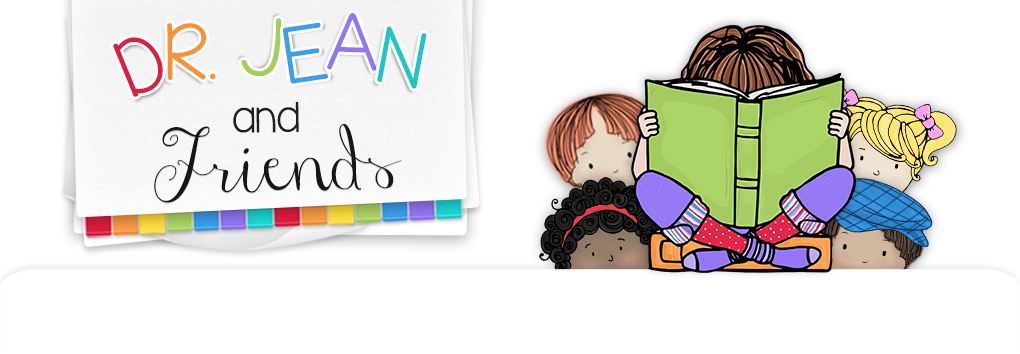Wood Smethurst (one of my favorite professors at Emory University) would always say, “If you want to catch a rabbit, you have to have a rabbit trap.” Some of our administrators need to remember this saying! If we expect children to master skills, then we need a “rabbit trap” (song, game, prop) to capture their attention and motivate them. My goal has always been to give you “rabbit traps” to get those little bunnies excited and engaged so that learning will be the natural result.
You know “simple” and “inexpensive” are two of my other goals. Would you like a “sneak peek” of some of the projects I’ll be demonstrating in my workshops this summer?
Over the next few days I’ll show you how to use jumbo craft sticks, envelopes, and lunch bags as “rabbit traps” in your classroom. With all the time children spend in front of the big screen, it’s good to balance it with “hands on” activities like these.
P.S. If you’ve got any other ideas for sticks, bags, and envelopes I hope you’ll share them with me.
Let’s get started with jumbo craft sticks because they are cheap, made from a natural material, indestructible, easy to store, and, oh, so versatile…
Boom! Write letters, numbers, words, math facts, phrases, sentences, etc. on sticks. Write “BOOM!” on a few sticks. Place them in a Pringle’s can or cup. Pass the can around as children choose a stick and identify the information on it. If they choose a stick that says “BOOM!” they jump up and say, “BOOM!” *You can have them return their sticks to the can or just let them continue to play.

Lucky Sticks - Have each child write her name on a stick. Place the sticks in a cup on the teacher’s desk. When there is a special job to be done the teacher chooses a stick. After that child has had a turn, her stick goes in the teacher’s desk. When all sticks have been selected, they all go back in the cup for another turn.

Punctuation Sticks - Draw a large period, question mark, and exclamation mark on the ends of three sticks. Write a sentence on the board. Put sticks one at a time at the end of the sentence for the children to read.
*Write the ABC’s or numbers on the board in sets of 3. Can children read these with appropriate expressions?
*Let children use the sticks as they read with a buddy.
Pointers - Glue a large googly eye to the end of a stick. Tell children to “keep their eye” on the word as they read and track a line of print.
*Can their “eye” find the capital letter at the beginning of the sentence? Punctuation at the end? A word wall word they can read? A noun?
*Fake jewels and other small objects can also be used to make pointers.

Question Sticks - Children write their name in the middle of a stick. Color one end green and one end red. Put the sticks in a can or cup with the green end up. The teacher asks a question, swirls the can around, and then chooses a stick. That child may answer the question or “phone a friend” for help. Place the stick in the can with the red end up after they’ve had a turn. When all the sticks are red on top, turn them over.



